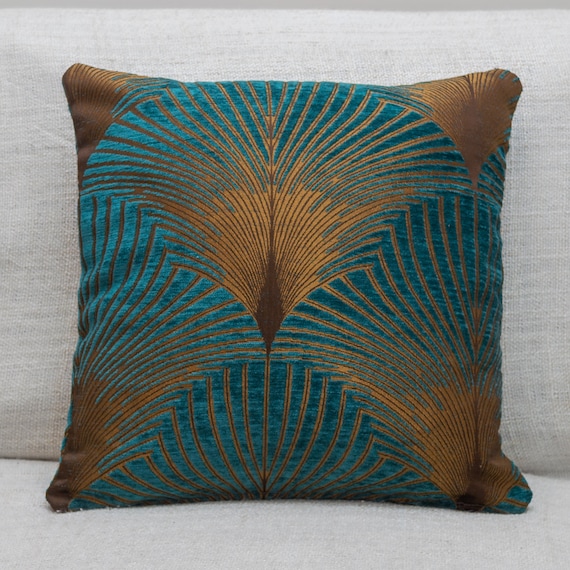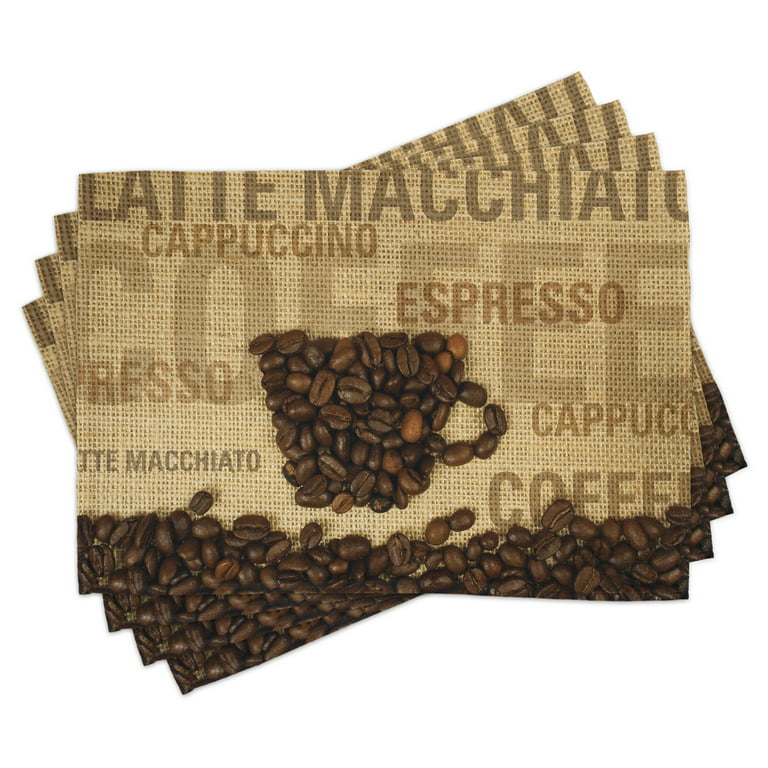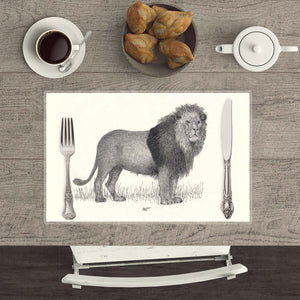The Only Guide for Unique Art
The Only Guide for Unique Art
Blog Article
The Unique Art Ideas
Table of ContentsNot known Facts About Unique ArtWhat Does Unique Art Do?Little Known Facts About Unique Art.Unique Art Fundamentals Explained
While one could dispute which art type holds precedence, the reality continues to be that each of these 7 kinds provides an unique home window right into human background, society, and evolution. They are the tapestries that chronicle our trip, reminding us of our past while inspiring visions for the future.Excellent artwork narrates, makes individuals look two times, and produces an unique experience that can not be matched. Art and pictures interact every one of that with shade, shape and other design elements. Learn how to make your distinct artwork attract attention from the crowd.

8 TRIA GIOVANEqual parts grand and laidback, this foyer developed by Anthony Baratta is the perfect blueprint to comply with if you're decorating an official entry that still really feels unfussy and comfy. Patterned textiles take facility stage (see the carpetings and the couch), however they also aid bring the high ceilings down to a human range when hung over wallpaper.
Not known Facts About Unique Art
18 Heidi Caillier DesignA gallery wall surface doesn't require to take up the whole room. Occasionally a small one can make a larger design declaration. In this living area, Hiedi Caillier opted for micro-mini frameworks and a random composition.
, the expression of ideas and emotions, with the production of particular visual qualities, in a two-dimensional visual language. The components of this languageits shapes, lines, colours, tones, and texturesare used in different means to produce sensations of quantity, space, movement, and light on a level surface area. These components are integrated right into meaningful patterns in order to stand for genuine or mythological phenomena, to translate a narrative style, or to develop wholly abstract visual relationships.
Later the concept of the "great musician" established in Asia and Renaissance Europe. Noticeable painters were paid for the social status of scholars and courtiers; they authorized their work, determined its style and often its subject and images, and developed a much more personalif not always amicablerelationship with their patrons. Throughout the 19th century painters in Western societies started to shed their social placement and secure patronage.
See This Report about Unique Art
Others earned an earnings through visiting exhibitions of their job. The demand to appeal to a marketplace had replaced the similar (if much less impersonal) needs of patronage, and its result on the art itself was probably similar. Generally, artists in the 20th century might reach a target market only via commercial visit our website galleries and public museums, although their job might have been periodically duplicated in art regulars.

Don't replicate the design of other musicians if you're looking for your design. Copying other people's art work can be wonderful in academic objectives however it will not make you closer to moved here finding your very own one-of-a-kind style. Your imaginative style has to be, what you like and what inspires you.
I would think of your very own style as a style you paint in naturally, when you release all thoughts and policies and simply focus on painting, not believing concerning it. Unique Art. The design has to come normally to you when you are kicked back and you can not require it or it will not be your very own style, just somebody else's
Unique Art for Beginners

With time you'll have the ability to sort all of them into your favored and least favored groups. Attempt to focus your attention on the topics and mediums that you like and prior to you see it coming you'll have your own individual look here and distinct style, like nobody else have! So ultimately you'll have a couple of favorite subjects to repaint and possibly a couple of favorite mediums.
The design has to establish itself with time with a great deal of technique and experiments - Unique Art. Thanks for reading this post and if you have any kind of questions leave them in the comments listed below, I 'd enjoy to address these
Report this page